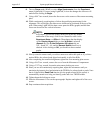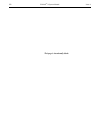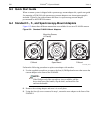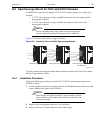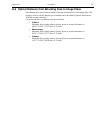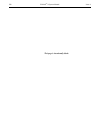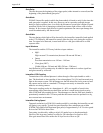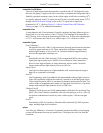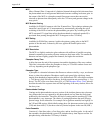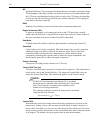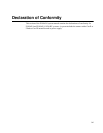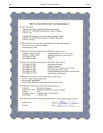
299
Appendix H: Glossary
Binning
A process that may occur in the readout register and the output node (on-chip or
hardware binning) or is performed as a post-process (software binning.) Binning
combines charge from rectangular groups of adjacent pixels into super pixels. When
done on-chip, this process reduces readout time and the burden on computer memory;
the drawbacks are lowered resolution and the possibility of saturation and blooming.
Software binning avoids the problem of saturation and blooming.
Blooming
The spillover of excess charge into adjacent pixels.
Bracket Pulsing
Refer to MCP Bracket Pulsing.
CCD Array Dimensions and Pixel Size
Arrays that are square or nearly square are typically used for imaging applications,
while rectangular arrays are typically used in spectroscopy applications. The smaller the
pixel size, the better the resolution, but the pixel full-well capacity smaller. Conversely,
the larger the pixel size, the poorer the resolution, and the greater the pixel full-well
capacity.
CCD Array Dynamic Range
The dynamic range of a CCD is the maximum achievable signal divided by the camera
noise, where the signal strength is determined by the full-well capacity and noise is the
sum of dark and read noises. The greater the dynamic range, the better the CCD is able
to detect differences between the dimmest and brightest intensities in an image. The
readout speed affects the dynamic range of a pixel: the faster the speed, the higher the
noise, and the smaller the dynamic range.
CCD Spectral Sensitivity
Coatings applied to the CCD input window can enhance sensitivity in the UV regions.
Deep-depletion enhances sensitivity in the NIR.
Dark Charge or Dark Current
The thermally induced buildup of charge in the CCD over time. Dark charge values
vary widely from one CCD array to another and are exponentially temperature
dependent. In the case of cameras that have MPP type arrays, the average dark charge is
extremely small. However, the dark-charge distribution is such that a significant
number of pixels may exhibit a much higher dark charge, limiting the maximum
practical exposure. To minimize the collection of dark charge, operate the camera at the
lowest CCD temperature possible.
Since each CCD has its own dark charge pattern, unique to that particular device,
acquiring and saving a dark charge “background image” under conditions identical to
those used to acquire the “actual” image and then subtracting that image from the actual
image will significantly reduce dark-charge effects.



